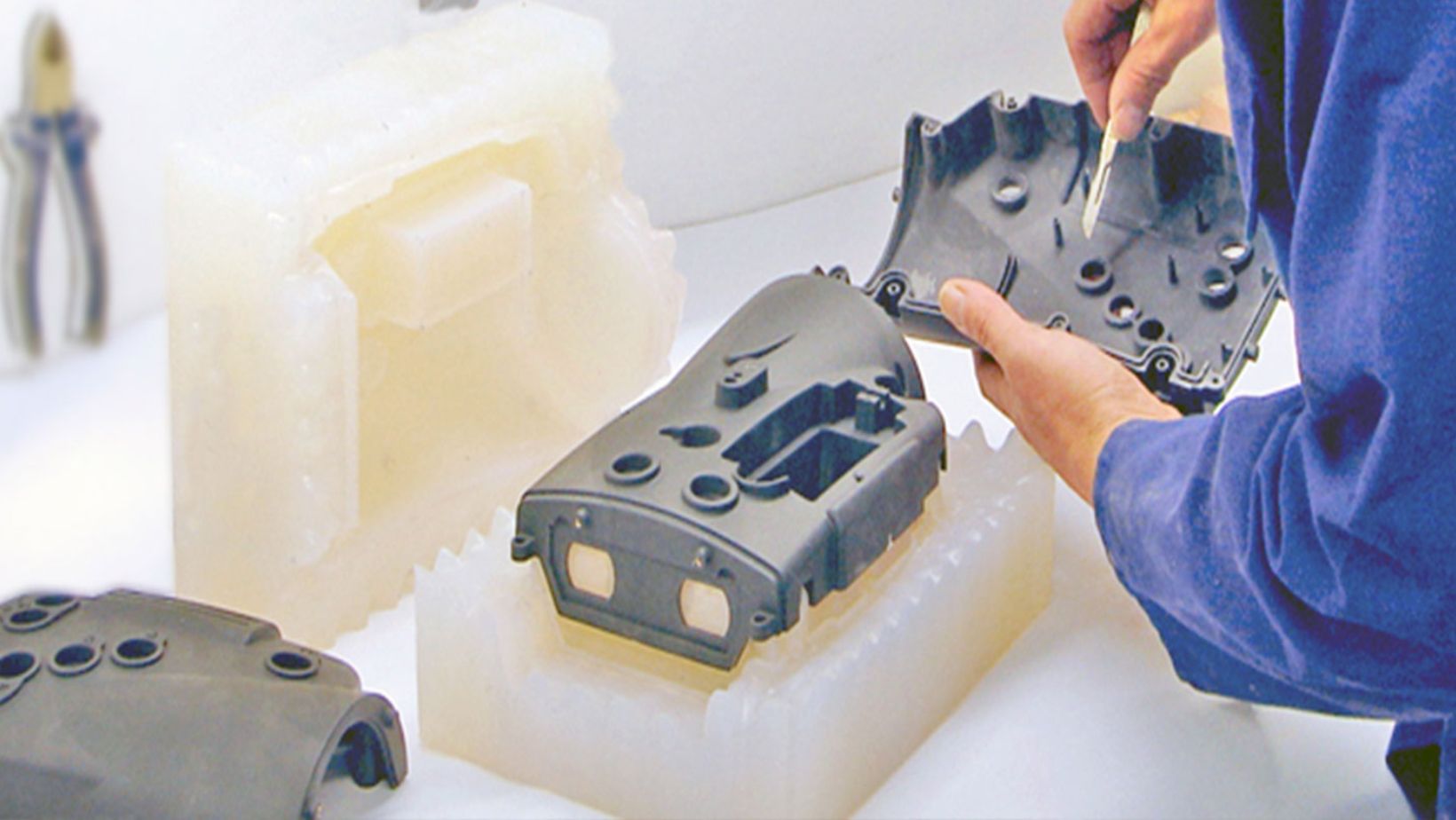You may have come across several different techniques that upgrade the production process in the manufacturing industry. Vacuum casting is one of them. It is used to produce plastic parts in different sizes and of varying complexities but of high quality.
You will see this technique is commonly used in the medical, aerospace, and automotive industries and you may want to get this service for your business too. Before you go ahead and choose a company for Vacuum Casting Service, you should know all about it. So, here is everything you need to know about this manufacturing method and how it works. Keep reading.
What Is Vacuum Casting And How Does It Work?
Vacuum casting is also known by other names such as polyurethane casting or silicone molding. It is a manufacturing process used to create small, low-volume parts quickly and cost-effectively by using silicone molds. The pattern can be created using various methods, such as 3D printing, CNC machining, or even manually carving it from a material such as wood or clay. The master pattern is then used to make a silicone mold, which is placed inside a vacuum chamber.
After you have adjusted the mold into place, a fixed amount of liquid polyurethane resin is poured into the mold. A vacuum builds up in the mold and the chamber is switched on. The vacuum created ensures that every corner of the mold is completely filled, thereby, producing an exact copy of the original piece.
Now its time to let the mold settle down. Then, you have to remove the mold from the chamber and take out the casting attached to it. Clean, trim, and examine the final product carefully to ensure all requirements are met without any issues.
Benefits And Uses
One of the key advantages of vacuum casting is the production of high-quality parts that are faithful replicas of the original master pattern. The process is also highly versatile, allowing for a wide range of materials to be used, including silicone, polyurethane, and other types of rubber.
Another benefit of vacuum casting is the speed at which parts can be produced. Because the process does not require expensive tooling or molds, parts can be produced quickly and cheaply. This makes vacuum casting ideal for prototyping, low-volume production runs, and pre-production parts.
Moreover, this technique produces very little to no waste as only the required amount of material is used in making the product. Whatever is left over can be recycled and used in making your next product. One more great thing about vacuum casting is that it can easily accommodate changes in design and structure. So, this is perfect for those companies that need to test out different versions of a product in a small window of time.
Conclusion
Vacuum casting is becoming a quickly adopted technique in the manufacturing industry to produce various plastic parts. While it may be considered expensive, when compared with other techniques, vacuum casting proves to be cost-effective. Overall, it is a simple process that does not require too many specialized equipment. Moreover, you can use this relatively simple method to create pieces and products with complex geometries.
There are several advantages of using this tool in your manufacturing process. Make sure you choose the right services and incorporate the casting method in your business to make it more efficient.
